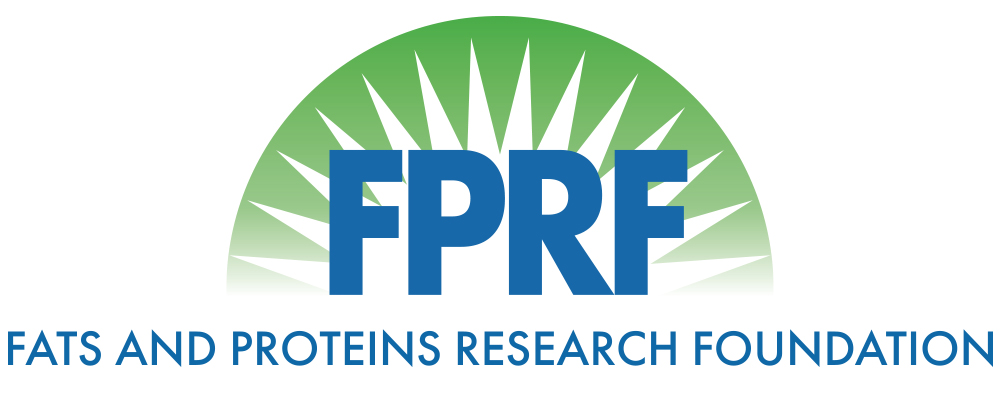Rendered products: thermal conductivity model
Abstract:
The rendering industry is committed to processing animal and poultry by-products to produce microbiologically safe finished products. Heat processing of food materials has been well studied using heat penetration data to establish thermal death time values for heat resistant microorganisms. This information has been used extensively in the canned food industry to ensure food safety through adequate heating of foods. In the rendering industry, raw rendered products are cooked to destroy microorganisms. In the following study, canning industry methodology was used to determine the thermal conductivity of raw rendered products. The data collected was used to develop models to predict thermal conductivity in unstirred raw rendered products. The thermal properties of food and food by-products vary primarily due to the moisture content, temperature and to a lesser degree, other compositional components (Murphy et al., 1998; Murphy and Marks, 1999). Specific heat (Cp) is defined as the energy required to raise one gram of a material one degree celsius. Specific heat is related to thermal conductivity (k): k + Cp (ρ) (a) where ρ is the density and a is the thermal diffusivity. Specific heat can be estimated for food materials based on their composition using the formula: Cp = 1.424mc = 1.549mp + 1.675mf + 0.837ma + 4.187mm where mc is the mass of carbohydrate, mp is the mass of protein, mf is the mass of fat, ma is the mass of ash, and mm is the mass of moisture. As noted in this formula, moisture has the greatest effect on specific heat and, consequently, the thermal conductivity of a food by-product material. Therefore, the composition of by-products to be thermally processed will alter the processing parameters. The heat delivered during the thermal process will be transferred throughout the material by conduction through the material. Thus, the thermal conductivity of the material will reflect the differences in these heat conduction properties and, also, the thermal process required to make the product safe. The thermal process relies on a mathematical model to ensure the safety of the final product. The basis of the mathematical model is the time-temperature profile of the material and the kinetics of microbial destruction (Holdsworth, 1985).
The “best fit” non-linear regression model was a logistical function. A logistic function was fit for each replicate of the treatments and compared to the quadratic linear models for each replicate. In all cases, the logistic model produced a much smaller residual or Sum of Squares for Error (SSE) indicating an overall better fit than the quadratic linear model. Th
